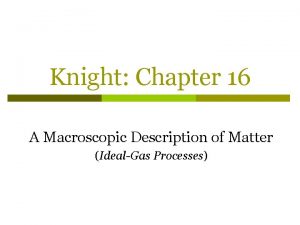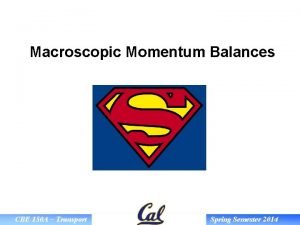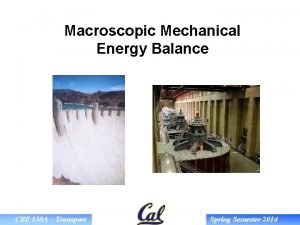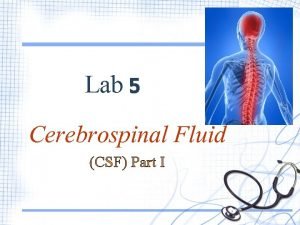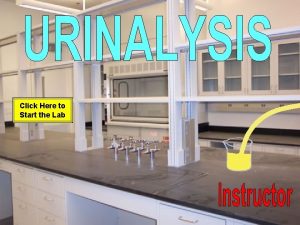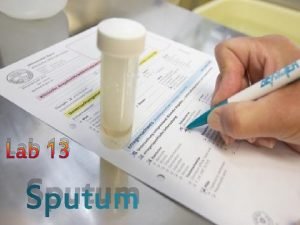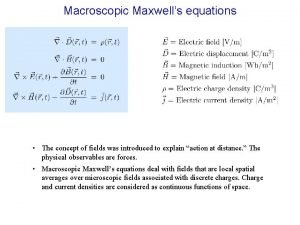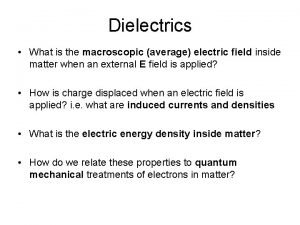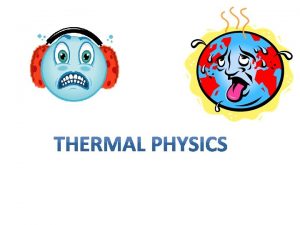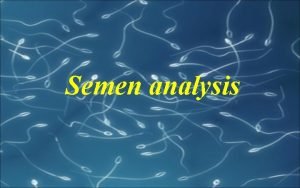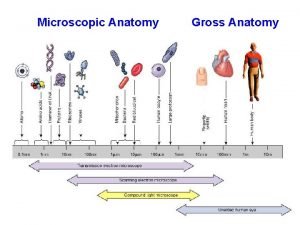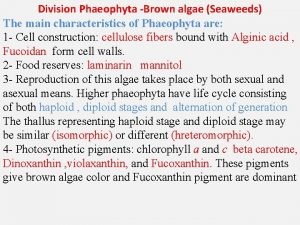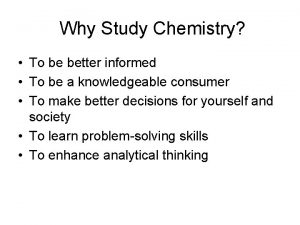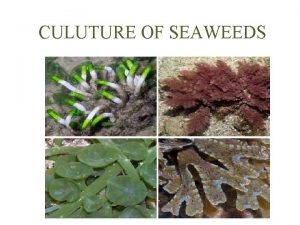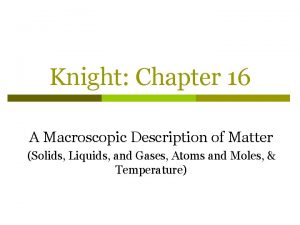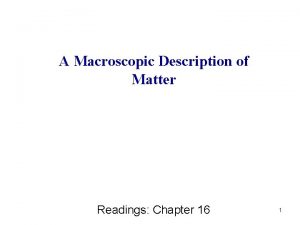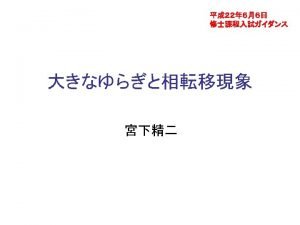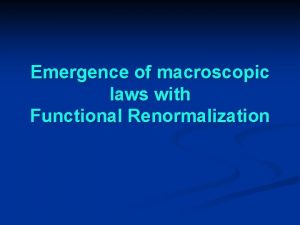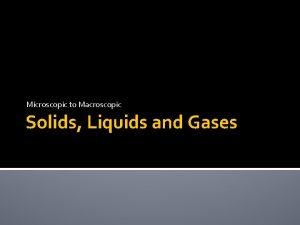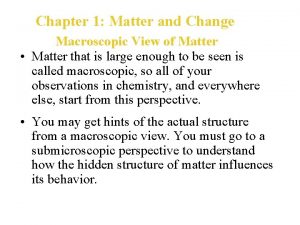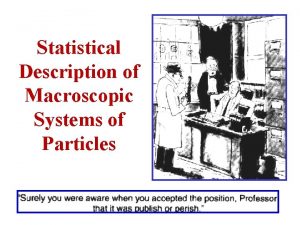Knight Chapter 16 A Macroscopic Description of Matter


















- Slides: 18

Knight: Chapter 16 A Macroscopic Description of Matter (Phase Changes & Ideal Gases)

Quiz Question 1 Which is the largest increase of temperature? 1. An increase of 1 F. 2. An increase of 1 C. 3. An increase of 1 K. 4. Both 2 and 3, which are the same and larger than 1. 5. 1, 2, and 3 are all the same increase.

Absolute Zero & Absolute Temperature § (a) shows a constant-volume gas thermometer. (b) shows a pressure vs. temperature plot for 3 different gases. Notice: § § There is a linear relationship between temperature and pressure. All gases extrapolate to zero pressure at the same temperature: T 0 273 C. This is called absolute zero, and forms the basis for the absolute temperature scale (Kelvin).

Phase Changes Discussion: ice steam: T ( C) What about during a phase change when T = 0? Steam 100 Where does the heat go? Water 0 Ice Q

Phase Changes Melting or freezing point… p Temperature at which a substance changes phase from solid to liquid or from liquid to solid. Boiling or condensation point… p Temperature at which a substance changes phase from liquid to gas or from gas to liquid. Phase equilibrium… p At the melting point, liquid & solid can coexist in any amount. p At the boiling point, gas & liquid can coexist in any amount.

Phase Changes Phase Diagram… § used to show the phases & phase changes of a substance vary with both temperature & pressure. Notice: § @ 1 atm of pressure, H 2 O crosses the solid-liquid boundary at 0 C and the liquid-gas boundary at 100 C. § When p 1 atm, H 2 O freezes at a temperature above 0 C & boils at a temperature below 100 C. § When p 1 atm, the temperature of boiling water is higher.

Quiz Question 2 If the pressure of liquid H 2 O is suddenly decreased, it is possible that the H 2 O will 1. freeze. 2. condense. 3. boil. 4. Either 1 or 2 5. Either 1 or 3

Phase Changes Phase Diagram for H 2 O & CO 2 Compare the slope of the solid-liquid boundary (phase equilibrium line). . § Start compressing CO 2 at room temp. . § gas -> liquid -> solid § Start compressing H 2 O at room temp. . § gas -> liquid § Start compressing solid H 2 O at T = 0°C. . § solid -> liquid! § Why?

Phase Changes Phase Diagram for H 2 O & CO 2 Note the special points: Critical point. . § Liquid-gas boundary ends. § NO clear distinction between liquid & gas at pressures or temperatures above this point! § Fluid varies continuously between high & low density without a phase change. Triple point. . § Phase boundaries meets § 1 value of temperature & pressure for which all 3 phases can coexist in phase equilibrium

Phase Changes Ideal-gas model. . § atoms in a gas are modeled as hard spheres. § occasionally bounce off each other in perfectly elastic collisions. § Excellent model for gases if: 1. the density is low. 2. the temperature is high.

Phase Changes Ideal-gas law. . For an ideal gas in thermal equilibrium. . where is the universal gas constant. Notice: p one gets the same slope for a p. V vs n. T graph for any gas! p

Phase Changes i. e. 16. 3: Calculating a gas pressure 100 g of oxygen gas is distilled into an evacuated 600 cm 3 container. What is the gas pressure at a temperature of 150°C?

Phase Changes Ideal-gas law in a sealed container. . .

Phase Changes Ideal-gas law in a sealed container…

Phase Changes i. e. 16. 4: Calculating a gas temperature A cylinder of gas is at 0°C. A piston compresses the gas to half its original volume and three times its original pressure. What is the final gas temperature?

Ideal-gas law - alternative form. .

Ideal-gas law - alternative form. . Boltzmann’s constant = 1. 38 x 10 -23 J/K Number of molecules in Kelvin!

Quiz Question 3 Two identical cylinders, A and B, contain the same type of gas at the same pressure. Cylinder A has twice as much gas as cylinder B. Which is true? 1. TA TB 2. TA TB 3. TA TB 4. Not enough information to make a comparison.
 Macroscopic description of an ideal gas
Macroscopic description of an ideal gas Canterbury tales background
Canterbury tales background Chapter 2 section 1 classifying matter answers
Chapter 2 section 1 classifying matter answers Cbe 150
Cbe 150 Overall mechanical energy balance
Overall mechanical energy balance Pathway of csf
Pathway of csf Chemstix urinalysis data sheet
Chemstix urinalysis data sheet Macroscopic hematuria causes
Macroscopic hematuria causes Macroscopic cheesy masses in sputum
Macroscopic cheesy masses in sputum Maxwell's equations
Maxwell's equations Average electric field
Average electric field Macroscopic level meaning
Macroscopic level meaning Normal semen report
Normal semen report Levels of organization
Levels of organization General characters of phaeophyta
General characters of phaeophyta Is milk macroscopic microscopic or particulate
Is milk macroscopic microscopic or particulate Definition of culuture
Definition of culuture Section 1 composition of matter
Section 1 composition of matter Gray matter
Gray matter
